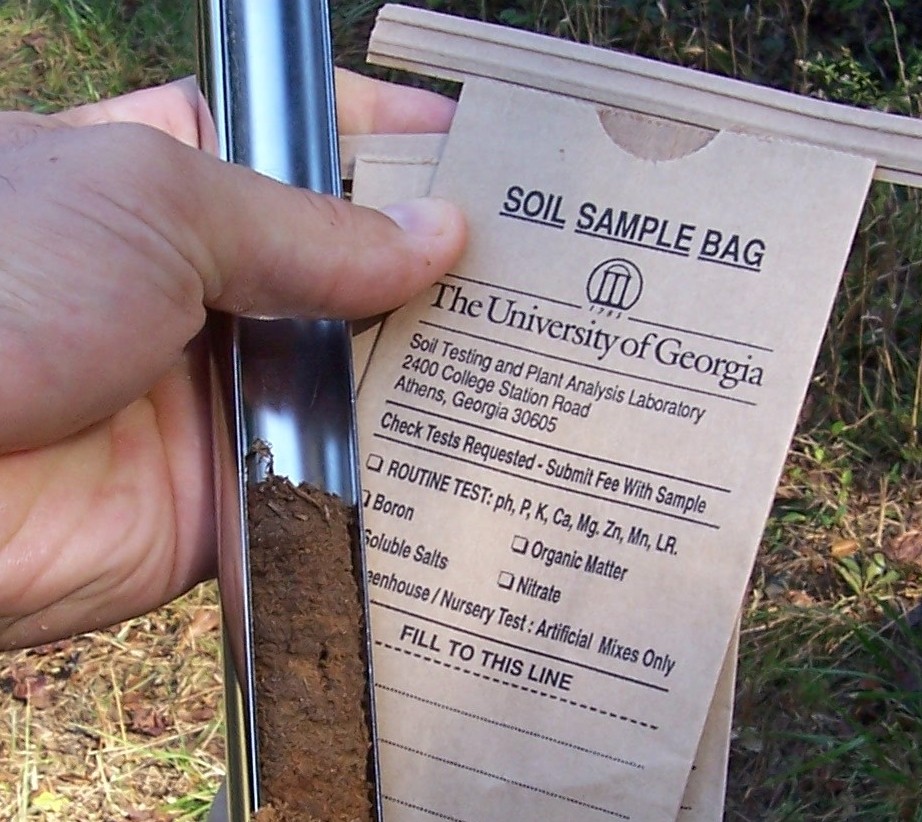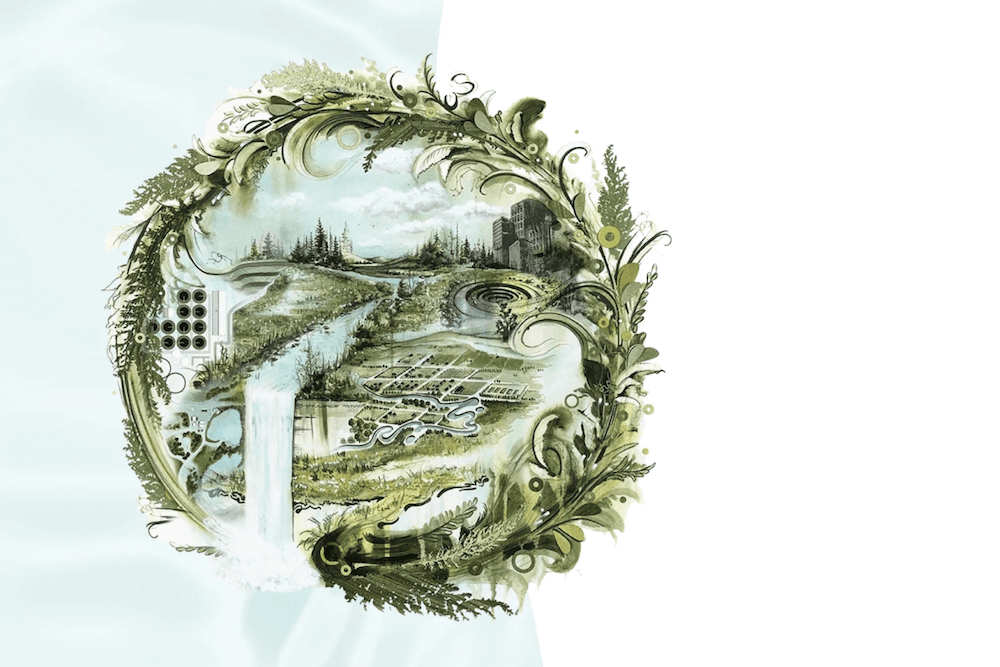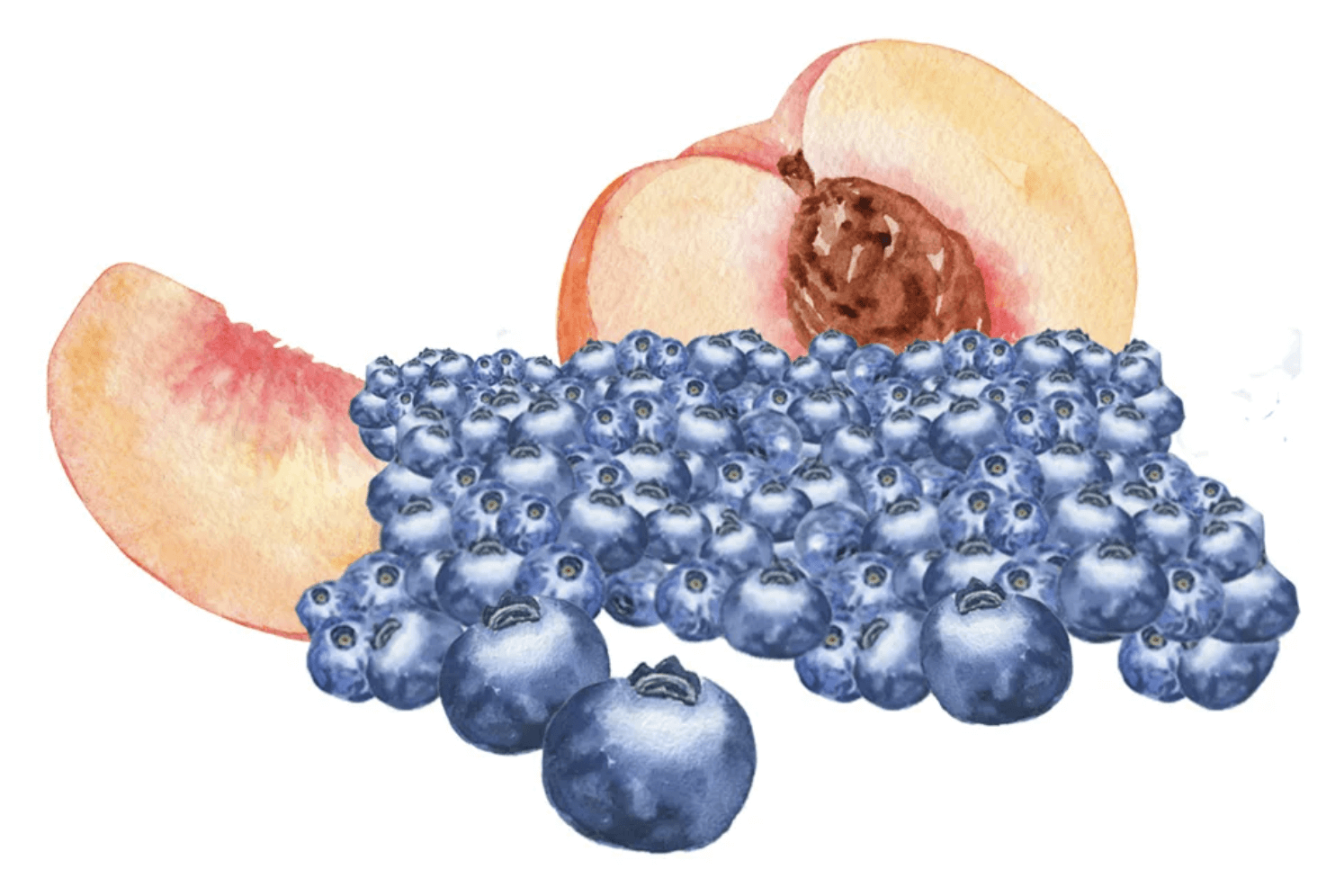
The winter months are a great time for gardeners to start catching up on projects they have postponed or to begin planning crop rotations and ordering seeds for the upcoming year. One of the most critical steps to ensuring a productive growing season is to test and prepare the soil, as it will be the foundation that your plants — and success — depend upon.
“Healthy soil is an investment in your landscape,” said Carole Knight, Agriculture and Natural Resources (ANR) agent for University of Georgia Cooperative Extension in Madison County. “Ultimately, the beauty and health of the plants in your landscape are direct results of the health of your soil.”
Soil is alive
Soil is a bustling ecosystem — a large community of living organisms linked together through nutrient cycles and energy flows, explained Knight. Every teaspoon of soil is home to billions of microorganisms.
First, macro-organisms, like worms and insects, chew and shred larger organic matter into smaller pieces. Bacteria and fungi continue to break down those dead plant and animal tissues, which become nutrients that are taken up through plant roots. Nematodes also eat plant material and other soil organisms, releasing vital nutrients in their waste. Specialized mycorrhizal fungi form symbiotic — or mutually beneficial — relationships with plants, bringing hard-to-reach nutrients and water directly to plant roots, while the plants provide the fungi with essential carbohydrates.
Remembering that soil is alive helps growers better recognize the time and attention required to build a healthy foundation for plants. So, how can you encourage this in your own garden? Understanding your soil composition is the first step to fostering an optimal soil ecosystem.
Soil testing
“Throughout the year, Extension agents take calls from gardeners and farmers baffled at the slow growth of their crops or how stunted the crop is,” said Greg Pittman, ANR agent in Jackson County.
Soil testing is always the first recommendation, he said. A basic soil test measures the level of organic matter, pH, and macronutrients — nitrogen (N), phosphorus (P) and potassium (K).
It sounds like something from high school chemistry, but soil acidity is a key factor for home gardens and production farms, Pittman explained. The acidity, or alkalinity, of the soil is a chemical factor that affects crop growth and development and is referenced using a numerical pH value.
Soil pH is the measure of hydrogen-ion activity in the soil. This is where the chemistry part comes into play. The pH is measured on a scale of 0 to 14. Anything below 7 is considered acidic — the lower the number. the more acidic it is. For example, lemon juice has a pH of 2 and battery acid is 0. Anything above 7 is a base (or alkaline if we’re being technical), examples being baking soda at 9 and household bleach at 13. The most common example of a neutral item, having a pH of 7, is water.

Knowing the soil's pH will help indicate how well plants can take up important nutrients needed for growth and maturity. For example, if your soil pH is 5.0, this means that the hydrogen-ion activity is preventing plant roots from absorbing important nutrients such as nitrogen and potassium. Correcting soil pH is a relatively straightforward process — spreading lime can increase the soil acidity and adding sulfur can decrease it. Before spreading, however, it is important to have a soil test conducted through your local Extension office. Each soil test can provide different recommendations based on what crops you wish to grow in an area, as some crops require different pH levels to thrive.
“There are a couple of different types of lime that you can purchase,” said Jacob Williams, ANR agent in Towns and Union counties. “Ag lime is very common and is made up of calcium, carbon and oxygen. Ag lime will do a good job of raising the pH in your soil. Dolomitic lime also raises the pH level of soil, but it has magnesium in it as well. So, if your soil is both acidic and deficient in magnesium, dolomitic lime is a good option.”
Adding mulch
Additionally, Knight explained that incorporating mulch or another form of organic matter is important to building healthy soil. Organic matter improves physical properties such as air and water availability in soil, which are essential for plant roots and soil microbes.
Excessive tillage can cause soil compaction, reducing the pore space between soil particles. This makes it hard for plant roots to penetrate the soil, absorb water and nutrients, and interact with beneficial microbes. Compaction can also lead to drainage issues which can waterlog plant roots and increase runoff. Disturbing the topsoil also resurfaces buried weed seeds, exposing them to light and increasing germination — in other words, encouraging more weeds.
Finally, mulching bare soil around plants prevents the splashing of soil particles and soilborne pathogens onto leaves and stems, reducing the occurrence of some plant diseases.
To learn more about how to take a soil test and where to send samples, see UGA Extension Circular 896, “Soil Testing for Home Lawns, Gardens and Wildlife Food Plots.” To learn more about choosing the right mulch, read UGA Extension Circular 984, “Mulching Vegetables.”






